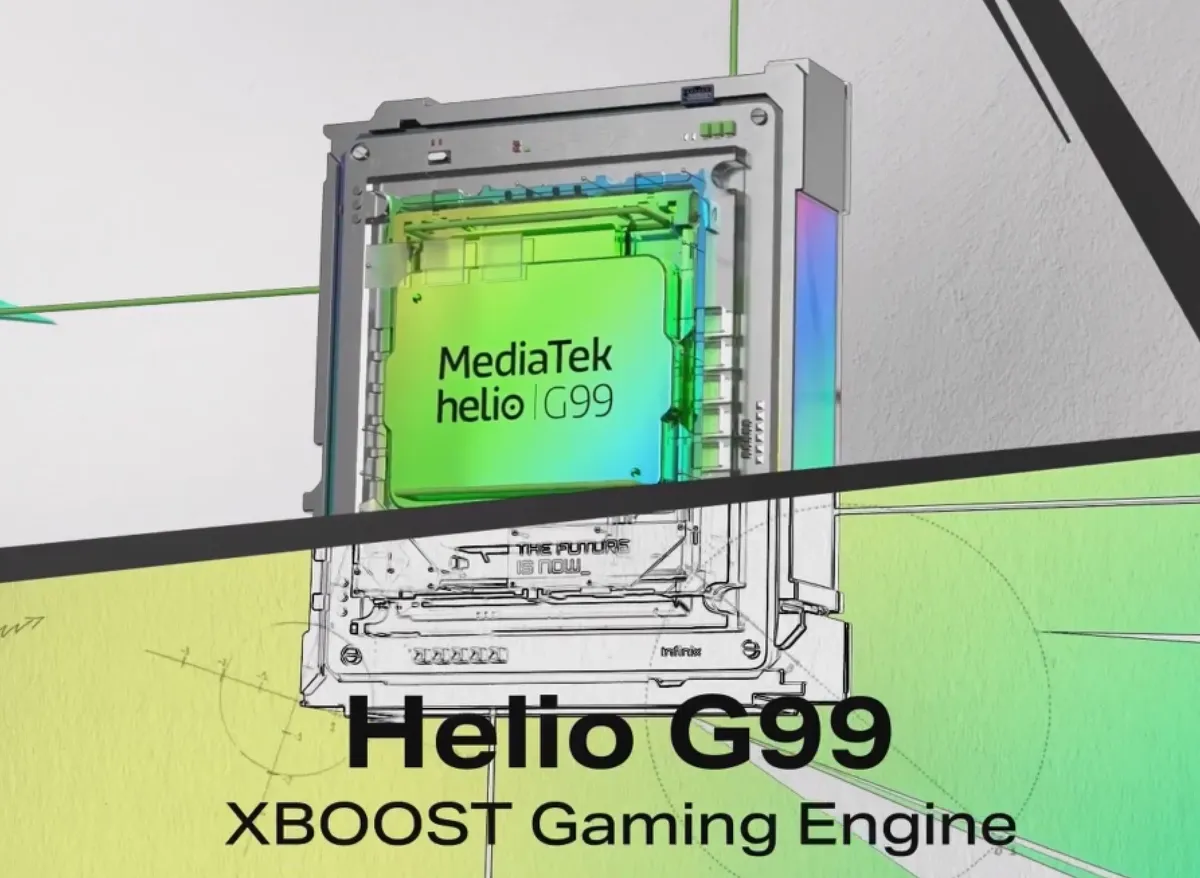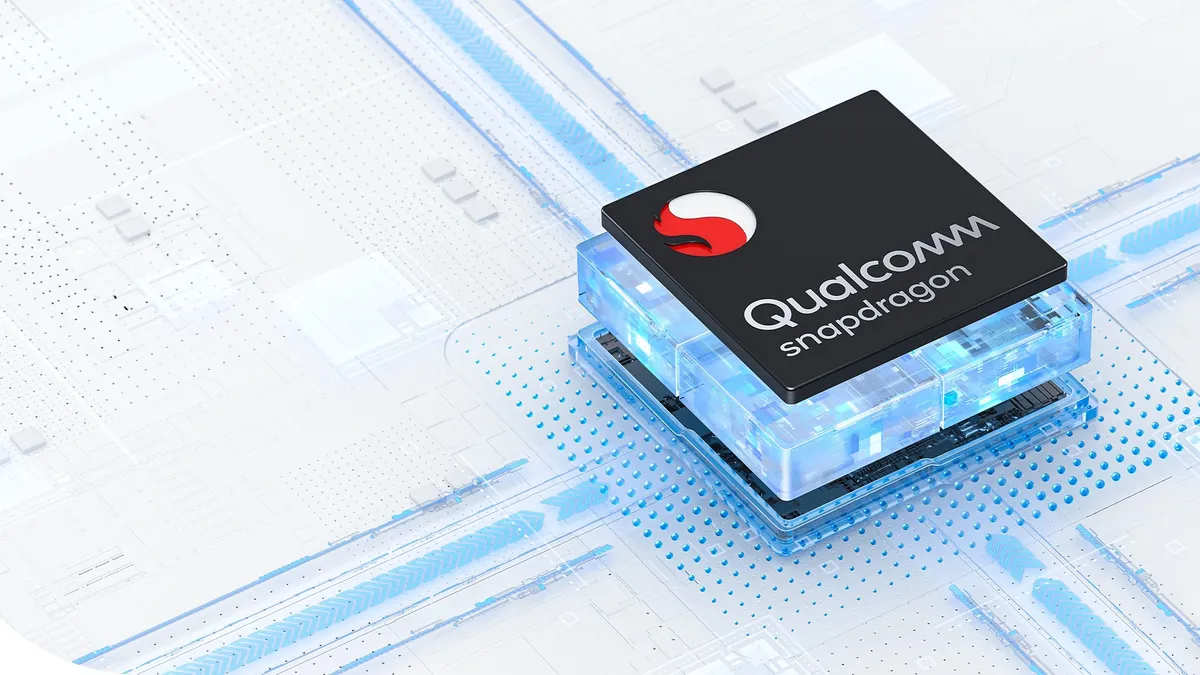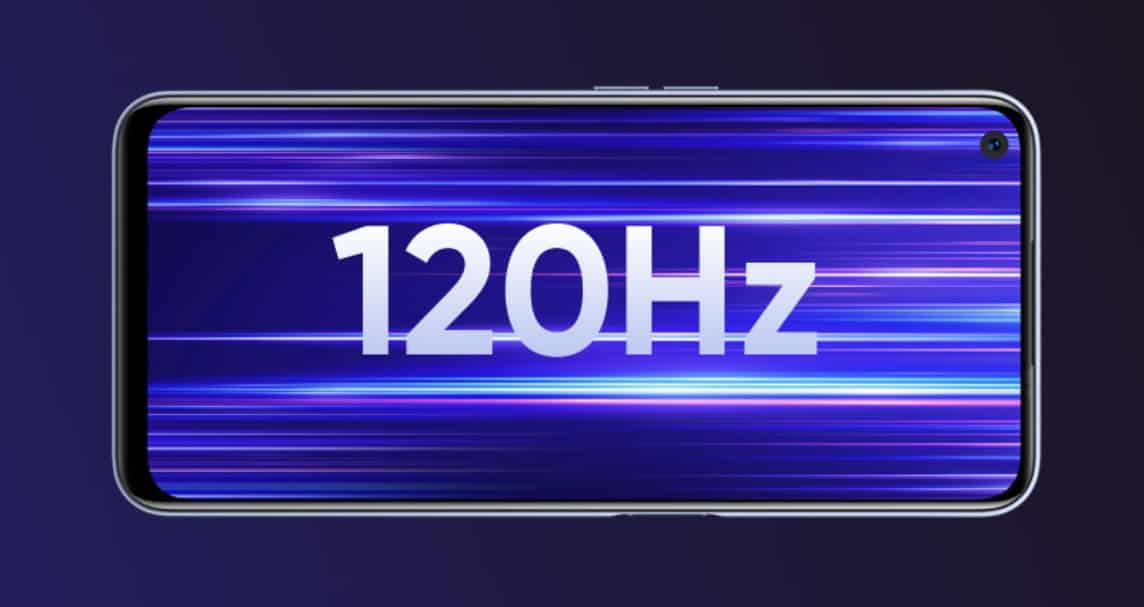MediaTek Helio G99 Vs Snapdragon 680: A Comparison
MediaTek Helio G99 and Qualcomm Snapdragon 680 are two mid-range smartphone chipsets often pitted against each other because they power many of today’s 4G phones. Both use a modern 6 nm process, which helps them run efficiently without draining the battery too fast.
However, they differ in several key areas, such as CPU layout, graphics performance, power use, camera support, display options, and connectivity. In this article, we'll walk you through these differences and show how they affect real-world performance.
CPU Layout and Fabrication
The Snapdragon 680 uses an octa‑core design with four Kryo 265 Gold cores (Cortex‑A73) running at 2.4 GHz and four Kryo 265 Silver cores (Cortex‑A53) at 1.9 GHz. Although the Cortex‑A73/A53 pair dates back to 2016–2017, it still handles everyday tasks reliably.
On the other side, the Helio G99 combines two Cortex‑A76 cores at 2.2 GHz with six Cortex‑A55 cores at 2.0 GHz. The A76 architecture, introduced in 2019, boosts single‑core speed and overall efficiency compared to the older A73.
This makes the G99 stronger in heavy workloads, whether you’re running one demanding app or juggling multiple processes.
Thanks to TSMC’s 6 nm process, both chips pack more transistors into the same space and use less power than their predecessors. That means better battery life and lower heat output under regular use.
Graphics and Gaming

Graphics-wise, the Snapdragon 680 comes with an Adreno 610 GPU. It’s an entry‑level unit in the Snapdragon 6 series and runs near 1,114 MHz. In contrast, the Helio G99 uses an Arm Mali‑G57 MC2 GPU at about 1,000 MHz with two shader cores.
MediaTek adds HyperEngine 2.0 Lite to the G99, which balances CPU, GPU, and memory resources for gaming. It also includes a High FPS mode to save power when you push for smoother frame rates.
Qualcomm counters with Game Jank Reducer and Q-Sync, which match the screen’s refresh rate to game frames and cut down on stutters.
On paper, the Adreno 610 boasts around 285 GFLOPS, while the Mali‑G57 MC2 offers about 128 GFLOPS. But raw numbers don’t tell the whole story. In real tests, heavy games often feel smoother on the G99.
For example, in Mobile Legends: Bang Bang, the G99 handles motion blur and bloom effects that the 680 can’t keep up with at the same settings.
Keep in mind, though, that the G99 can run hotter during long gaming sessions. Some players notice warmth and slight slowdowns after extended play because of thermal throttling.
Power Efficiency and Energy‑Saving Technology

Power efficiency is important for smartphone users, and both chipsets have their strengths here. Thanks to the 6nm fabrication process, the Helio G99 and Snapdragon 680 offer good energy efficiency for everyday use.
Qualcomm says the Snapdragon 680 is designed for all-day battery life with low power consumption. It can last about 15% longer than the previous generation.
Meanwhile, MediaTek promotes the Helio G99 as a highly energy-efficient 4G gaming chipset. It includes a Resource Management Engine 2.0 in its HyperEngine technology that smartly balances CPU and GPU use depending on the need.
The Helio G99 also has an Intelligent Display Sync that adjusts the screen refresh rate dynamically. It only boosts the rate to 120Hz when needed, saving power when the screen is still.
While both chips are quite efficient, the Snapdragon 680 generally performs better under light to medium workloads. The Helio G99 uses more power when running at full speed.
However, this doesn’t mean the G99 wastes energy. In normal activities like social media, browsing, or chatting, it remains fast and efficient, quickly returning to idle mode.
Camera and Image Signal Processor (ISP)
Camera capabilities differ due to their Image Signal Processors (ISP). The Snapdragon 680 features Qualcomm’s Spectra 346 ISP with triple ISP support. This lets it process data from three cameras at once. Qualcomm also says it can capture photos or videos from three lenses simultaneously, such as ultrawide, wide, and telephoto.
The Snapdragon 680 supports up to a 64MP single camera or dual cameras at 16MP each. It can also handle three 13MP images at the same time.
On the other hand, the Helio G99 supports a main camera sensor up to 108MP, higher than the Snapdragon 680’s limit of 64MP. It can handle two 16MP cameras simultaneously with Zero Shutter Lag (ZSL), which helps create smooth bokeh effects or use front and rear cameras at once.
The G99 also includes AI Face Detection for better face recognition, a hardware depth engine for more accurate background blur, noise reduction technologies (MEMA 3DNR and Multi-Frame NR) for low-light shots, and Electronic Image Stabilization (EIS) with Rolling Shutter Compensation (RSC) for steadier video recording.
Neither chipset supports 4K video recording. The Snapdragon 680 records up to 1080p at 60fps, while the Helio G99 goes a step further with 1440p (2K) at 30fps.
Refresh Rate and Screen Resolution

Both chips support Full HD+ resolution (around 2520×1080), but the Helio G99 allows a higher refresh rate of 120Hz. The Snapdragon 680 supports up to 90Hz at Full HD+.
According to Qualcomm, 90Hz is the maximum for this chipset, and many phones using it (like Redmi Note 11 or Realme 9i) have 90Hz displays.
While 90Hz is smoother than the standard 60Hz, it’s not quite as fluid as 120Hz. This limit is likely due to memory bandwidth and the Adreno 610 GPU’s focus on efficiency. Some Snapdragon 680 phones might not enable 90Hz depending on the screen panel chosen by the manufacturer, but the chipset itself supports it.
Neither chipset supports QHD or 4K displays, which is reasonable for their mid-range positioning.
For most users, the difference between 90Hz and 120Hz is subtle without direct comparison. However, gamers and tech fans will appreciate the G99’s higher refresh rate. Since the Helio G99 targets gaming phones, the 120Hz support fits well with that focus.
Connectivity
Both chipsets are limited to 4G LTE and do not support 5G networks. The Helio G99 uses an integrated Cat-13 4G modem supporting 2x carrier aggregation (2CC), 4x4 MIMO, and 256-QAM, allowing theoretical download speeds over 600 Mbps.
The Snapdragon 680 has the Qualcomm Snapdragon X11 LTE modem, also Cat-13, but with peak speeds around 390 Mbps download and 150 Mbps upload.
For Wi-Fi, both support dual-band Wi-Fi 5 (802.11ac) on 2.4 GHz and 5 GHz. Though not the newest standard, it’s still fast enough for most home internet connections.
Bluetooth on the Helio G99 is version 5.2, which offers small improvements like LE Audio and better dual audio. The Snapdragon 680 supports Bluetooth 5.1.
Conclusion
MediaTek Helio G99 and Qualcomm Snapdragon 680 are mid-range 4G chipsets with different strengths. The Helio G99 suits users who want more than just basic performance. It offers better gaming speed and features like a 120Hz screen refresh rate.
The Snapdragon 680 targets those looking for a reliable phone with good battery life and efficient power use for daily tasks.
Hopefully, this comparison helps you pick the right phone for your needs!
